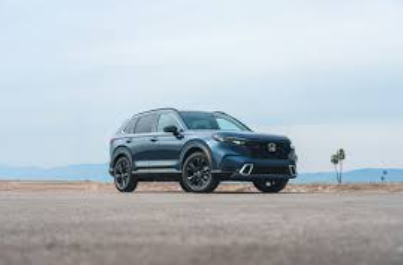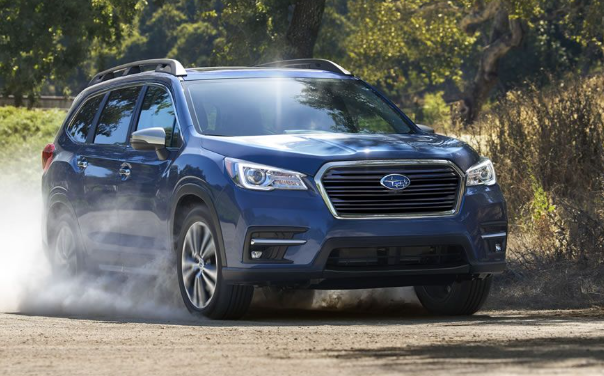
Have you ever wondered which is better for your needs: AWD or FWD?
Choosing the right drivetrain can make a big difference in how your car handles and performs. Whether you face snowy roads, long commutes, or just everyday drives, understanding AWD vs FWD performance is key. Each option has strengths that fit different lifestyles and budgets.
In this article, you'll learn the key differences to help you decide which one works best for you.
Power Distribution
AWD vehicles send power to all four wheels, either all the time or only when needed. The system uses sensors to monitor wheel traction and can adjust power distribution automatically. This helps maintain grip on slippery or uneven surfaces.
FWD vehicles direct all the engine's power to the front wheels. The front wheels handle both steering and propulsion, which simplifies the design. This setup is efficient for everyday driving and typical road conditions.
Performance in Different Conditions
AWD provides better control on surfaces like snow, ice, or wet roads. Many drivers rely on AWD for snowy conditions because it enhances traction and stability. It helps the vehicle maintain grip even when one or more wheels lose contact with the road. This system is often preferred for challenging weather or terrain.
FWD performs well in normal driving conditions with predictable road surfaces. It works efficiently on dry or moderately wet roads. However, it may not provide enough traction for severe weather or off-road driving.
Fuel Efficiency
AWD systems tend to use more fuel because they are heavier and have more moving parts. The system requires extra energy to power all four wheels. This can result in lower miles per gallon compared to simpler drive systems.
FWD vehicles are more fuel-efficient due to their lighter design and fewer components. Powering only the front wheels reduces energy loss. This makes FWD a practical choice for drivers seeking better gas mileage.
Cost
AWD vehicles are more expensive because of their complex design. Maintenance and repairs are also more costly due to the added components. Buyers often pay a premium for the added capability of AWD.
FWD vehicles are generally more affordable to purchase and maintain. They use fewer parts, which simplifies repairs and lowers maintenance costs. This makes FWD a budget-friendly option for many drivers.
Handling and Driving Dynamics
AWD systems improve handling in poor road conditions by distributing power for stability. The vehicle feels more secure when driving on uneven or slippery surfaces. This makes AWD a good choice for those who face variable conditions.
FWD provides predictable handling for most driving situations. Vehicles like a Hyundai Tucson with FWD offer reliable performance for city driving and normal road conditions. The design allows for efficient weight distribution over the front wheels. This gives drivers better control during everyday driving.
Navigate Tough Terrains With Our AWD vs FWD Guide

Choosing between AWD and FWD depends on your needs and driving habits. Both systems offer unique benefits tailored to different conditions. Understanding how each works can help you decide what fits your lifestyle best.
When thinking about "AWD vs FWD," consider the environments you drive in most. The right choice will provide comfort, safety, and efficiency for your specific needs.
Did you learn something new from this article? If so, be sure to check out our blog for more educational content.




(0) comments
Welcome to the discussion.
Log In
Keep it Clean. Please avoid obscene, vulgar, lewd, racist or sexually-oriented language.
PLEASE TURN OFF YOUR CAPS LOCK.
Don't Threaten. Threats of harming another person will not be tolerated.
Be Truthful. Don't knowingly lie about anyone or anything.
Be Nice. No racism, sexism or any sort of -ism that is degrading to another person.
Be Proactive. Use the 'Report' link on each comment to let us know of abusive posts.
Share with Us. We'd love to hear eyewitness accounts, the history behind an article.